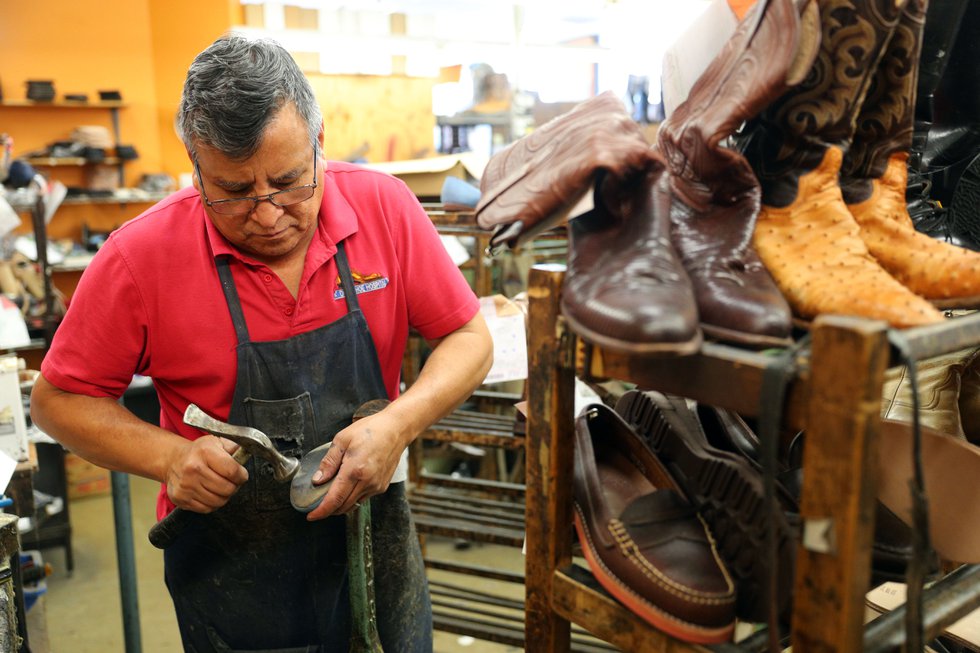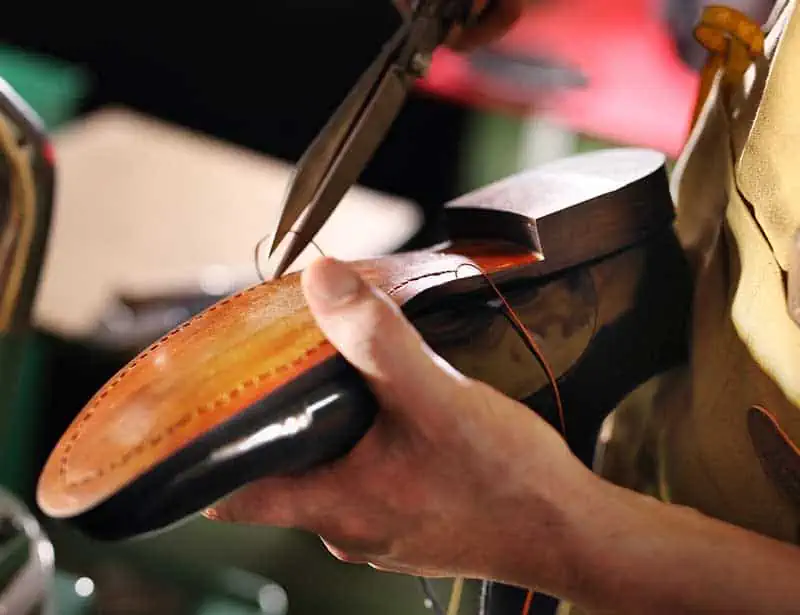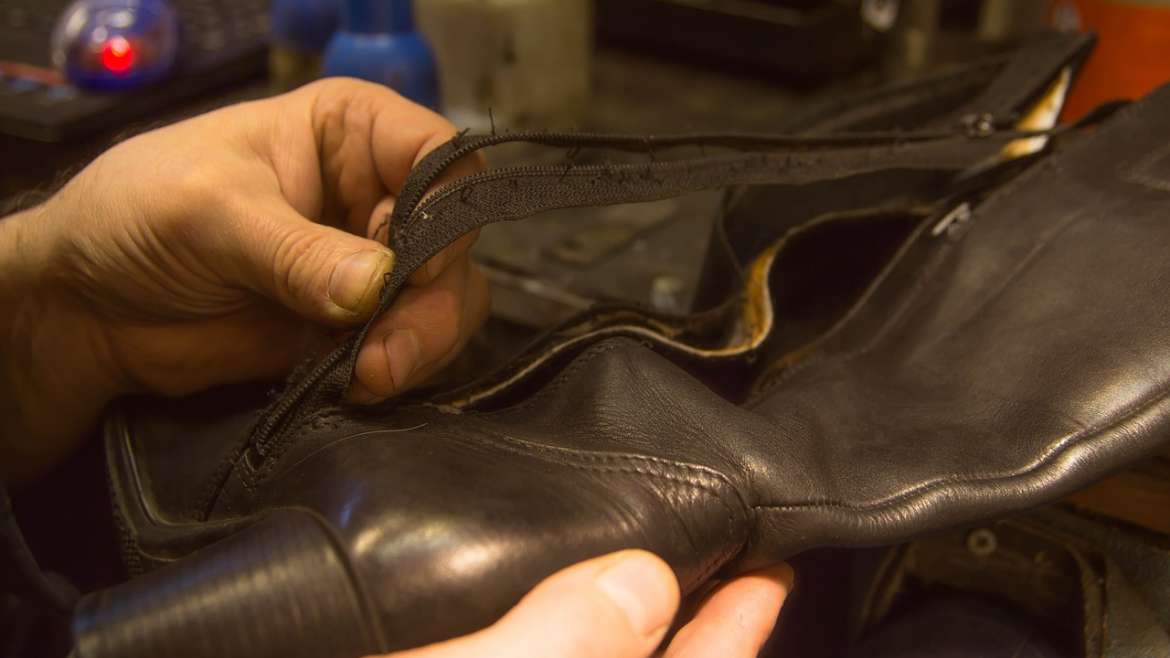The fashion industry is increasingly recognizing the importance of sustainable practices and embracing new ways to reduce its environmental impact. One way to do this is through shoe repair, which not only extends the life of a pair of shoes but also reduces their carbon footprint.
By repairing existing shoes instead of purchasing new ones, we can create a more sustainable fashion system that doesn’t rely on resource-intensive production cycles. In this article, we’ll explore the role shoe repair plays in creating lasting change in our clothing choices and how it can help us make more conscious decisions about our purchases.
How to Incorporate Shoe Repair into Your Sustainable Wardrobe
Shoe repair is an essential part of having a sustainable wardrobe. Not only does it reduce the amount of waste created by throwing away shoes, but it can also help you save money in the long run.
By incorporating shoe repair into your wardrobe, you can keep your favorite pair of shoes for years to come without having to buy new ones every season or when they become worn out. Here are some tips on how to incorporate shoe repair into your sustainable fashion practices:
1) Find a qualified cobbler – A good cobbler will be able to fix issues with everything from leather uppers and soles to stitching, and heel replacements. Make sure that whoever you choose has experience repairing all types of materials and styles so that they can properly service any type of shoe you may have.
2) Invest in quality materials – Quality replacement parts are essential for successful repairs. It’s important to purchase high-quality items like leathers, adhesives, studs, and buckles if needed as well as protective sprays or oils such as mink oil which helps keep waterproofing intact after repairs are completed.
3) Have realistic expectations – Shoes often need more than one repair over their lifetime so don’t expect them to look brand new after a single session at the shop or even multiple visits over time; instead focus on keeping them wearable until you decide it’s time for another pair!
4) Shop secondhand – Another great way to incorporate shoe repair into sustainable fashion practice is by shopping secondhand rather than buying new pairs all the time; this way you could find vintage gems that just need minor touch-ups here or there before being ready for regular wear again!
Understanding the Environmental Impact of Shoes and Their Repair

Shoes are a necessary part of any wardrobe, but their environmental impact can often be overlooked. From the materials used to make them to the emissions created when producing and transporting them, shoes have a significant footprint on our planet.
Repairing existing shoes is an important step in sustainable fashion practices as it reduces the need for new resources and helps extend the life cycle of products. Understanding how shoe repair affects both individual consumers and global ecosystems is essential for creating more environmentally conscious footwear habits. By repairing rather than replacing worn or damaged shoes, we reduce energy consumption from production while keeping valuable resources in circulation longer – making shoe repair an important component of sustainable fashion practices that promote environmental responsibility.
Tips for Making DIY Repairs and Upcycling Old Footwear

Shoe repair and upcycling old footwear are great practices for sustainable fashion. Doing these repairs yourself can save money, help you create unique pieces of clothing and be more environmentally friendly.
Here are some tips to help you get started on DIY repairs and upcycling:
1. Invest in a good quality shoe repair kit – A basic kit should include leather glue, awl, waxed thread, needles, sandpaper, or an emery board, and polishing cream or oil. Make sure that all the items included have been designed specifically for repairing shoes to ensure a successful outcome!
2. Clean your shoes thoroughly before attempting any repairs – It’s important to remove dirt and debris from the surface of your shoes before applying any adhesive or stitches so that the material doesn’t break down during the process of fixing them up.
3. Take time to study how your shoe is constructed – This will give you insight into where best to make any necessary repairs without damaging other parts of the shoe unnecessarily as well as helping you decide which materials will work best when replacing worn-out sections with new ones.
4 . Get creative with upcycling – Old sneakers can easily be transformed into something entirely new with just a bit of imagination! Cut leather patches out from thrifted bags or jackets; use fabric paints or markers for customizing designs; add colorful laces; embellishments like studs, spikes, and glitter; etc… The possibilities are endless!
5. Wear protective gear while working on projects – Protecting yourself against potential hazards such as sharp objects is imperative when doing DIY shoe repairs/upcycles at home so make sure to wear safety glasses/goggles if needed plus gloves if they’re appropriate too
Reusing vs Recycling: Exploring Different Avenues in Footwear Sustainability

Reusing and recycling are two distinct yet important avenues of sustainability in the fashion industry, especially when it comes to footwear. Reusing is a practice that focuses on repairing existing shoes or repurposing them for other uses, while recycling involves breaking down materials into their raw components to create new products.
Both practices bring about significant environmental benefits by reducing consumption and making better use of resources. In this article, we will explore how shoe repair can play an important role in sustainable fashion practices by examining different methods of reusing and recycling old shoes.
When looking at the different types of reuse techniques available for extending the life of existing pairs of shoes, some common examples include using leather dye or polish to give them a fresh look; adding protective coatings such as waxes or waterproofing sprays; mending any holes with patches; sewing on straps, buckles, studs or other decorations; and replacing worn-out elements like laces or soles with new ones. All these approaches help keep our favorite footwear items around longer without having to purchase replacements every few months.
On the other hand, recycling can offer even more potential for sustainable practices when it comes to footwear production. Many companies now have processes in place that allow customers to send back their used shoes so they can be broken down into their basic components – fabrics, threads, trims, etc – which can then be reused in the manufacture of new products such as sandals or sneakers made from recycled materials rather than virgin ones sourced from nature’s dwindling resources.
This approach allows us not only to save energy but also to keep our landfills free from discarded sneakers and pumps! From repairing what we already own through creative reuse techniques to full-scale manufacturing solutions based on recycled materials – shoe repair plays an essential role if we want fashion practices that are both stylish AND sustainable!
Conclusion

Shoe repair is an important part of sustainable fashion practices, as it allows us to extend the lifespan of our shoes and reduce waste. By finding a reliable shoe repairer, we can ensure that our shoes are repaired properly and will last longer. With proper care and maintenance through regular repairs, we can keep our favorite pairs for years without needing to purchase new ones.
Doing so not only saves money but also helps conserve resources to be kinder to the environment.


